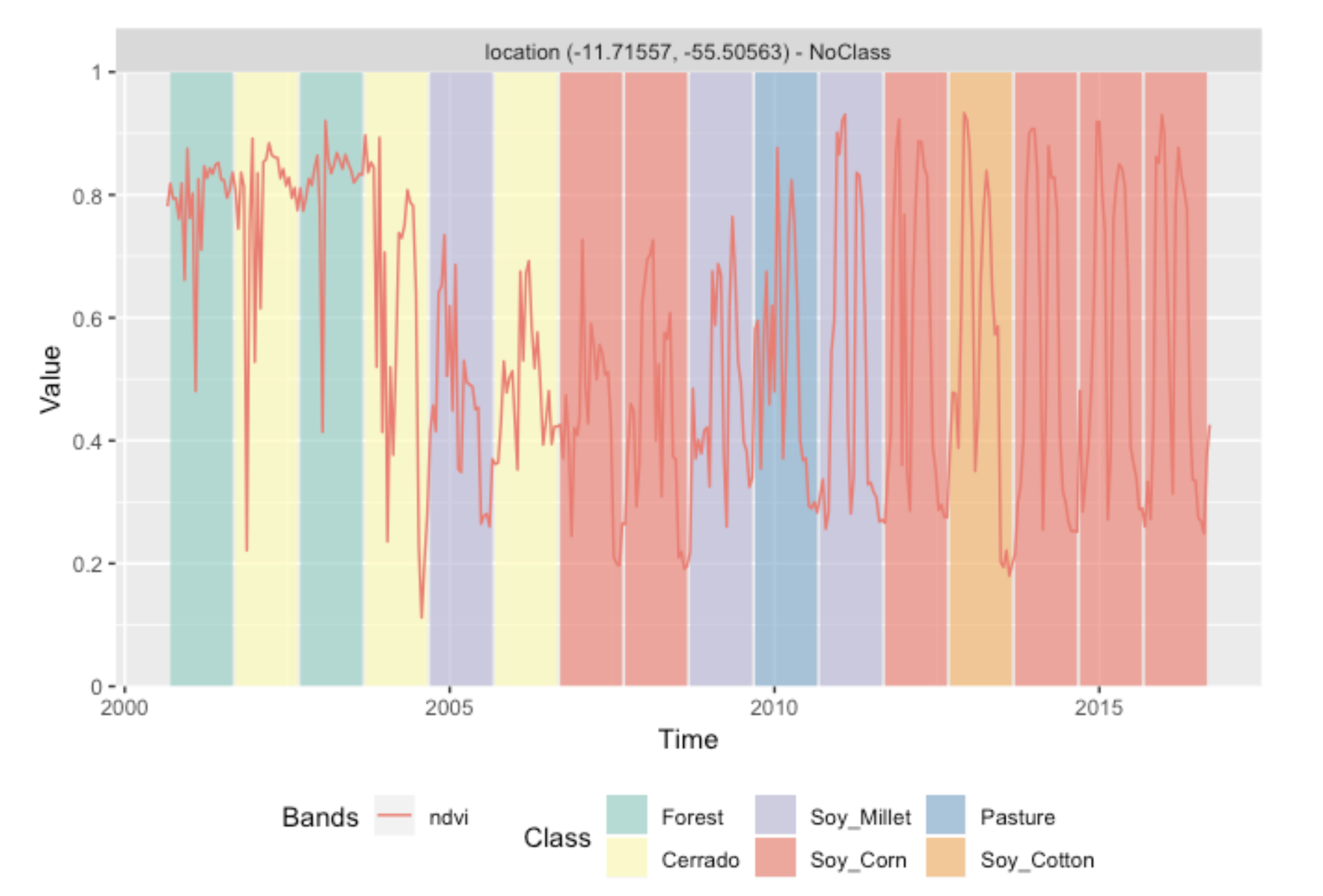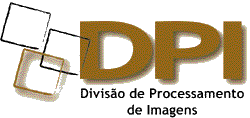
E-sensing project launches new version of SITS package
Updated version with SOM clustering and bayesian post-classification (March 2019)

The sits package (Satellite Image Time Series) includes data retrieval from a WTSS (web time series service), different visualization methods for image time series, smoothing methods for noisy time series, and different clustering methods including dendrograms and SOM. It matches noiseless patterns with noisy time series using the TWDTW method for shape recognition and provides machine learning methods for time series classification. To our knowledge, sits is the first R package that provides a unified support for machine learning methods for satellite image time series. The package includes an advanced method for data clustering based on self-organized maps (SOM), and also links to a recent advances on spatiotemporal interval logic, both described in the next section. There are also new methods for bayesian post-classification smoothing.
The methods available for machine learning in sits include:
- Support vector machine (svm): a classifier that uses linear and non-linear mapping of the input vectors into high-dimensional spaces, building hyperplanes that allow distinguishing between the data classes.
- Random Forest (rfor): ensemble learning method for classification, that works by building a multitude of decision trees at training time.
- Linear Discriminant Analysis (lda): a method that finds a linear combination of features that characterizes or separates the desired classes.
- Quadratic Discriminant Analysis (qda): A methods that separate measurements of two or more classes of objects by a quadric surface.
- Deep learning using multilayer perceptrons (dl-mlp): A method that uses a cascade of multiple layers of neural networks with nonlinear processing units.
The "sits" package is available at the e-sensing gitub site .




